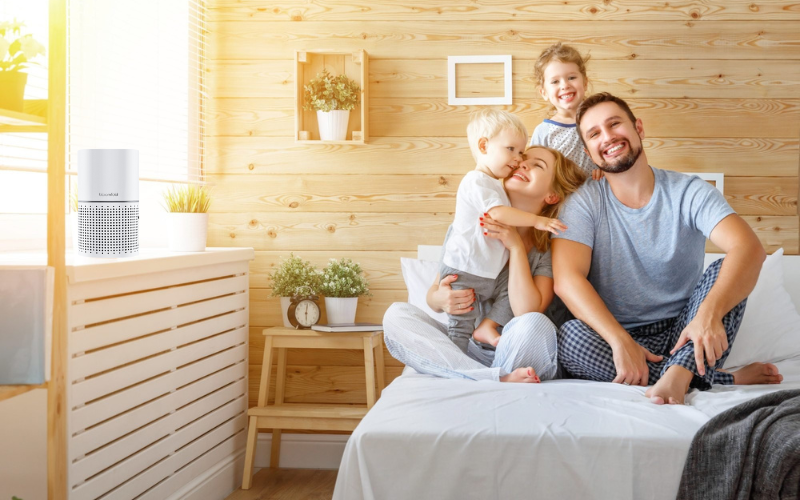With summer comes increased humidity that can make your home feel stuffy and uncomfortable. A dehumidifier is a great solution to maintaining optimal humidity levels and ensuring a comfortable living environment. To help you maximize the efficiency and lifespan of your dehumidifier, here are five essential tips:
Choose the Right Size for Your Space
Choosing a dehumidifier that is properly sized for your room or home is crucial for effective humidity control. Dehumidifiers come in different capacities, measured in pints per 24 hours. A unit that is too small will not adequately dehumidify the area, while a unit that is too large may cycle on and off too often, wasting energy. Measure the square footage of the space you want to dehumidify and consult the manufacturer’s guidelines to find the perfect size.
Place Your Dehumidifier Correctly
Where you place your dehumidifier can significantly affect its performance. Make sure it is in a central location in the room for optimal air circulation. Keep it away from walls and furniture and leave at least 6-12 inches of space on all sides. This will allow for better airflow and prevent the unit from overheating. For whole-house models, placing it near the HVAC system can improve efficiency.
Clean and Maintain Your Dehumidifier Regularly
Routine maintenance is the key to a smooth running dehumidifier. Follow these steps to ensure it is performing at its peak:
Clean the Filter: Most dehumidifiers have an air filter that traps dust and allergens. Clean or replace the filter according to the manufacturer's instructions, usually every few weeks.
Empty the Water Tank: Empty the water tank regularly to prevent overflow. If your dehumidifier has a continuous drain option, make sure the hose is installed properly and free of blockages.
Check the Coils: Dust and dirt can build up on the coils, reducing efficiency. Gently clean the coils with a soft brush or cloth if necessary.
Check the Humidity Levels
Use a hygrometer to monitor the humidity levels in your home. The ideal indoor humidity range is between 40-60%. Many dehumidifiers have built-in hygrometers and adjustable humidity controls, allowing you to set your desired humidity level. Keeping an eye on humidity will ensure that your dehumidifier isn’t overworking or underperforming, saving energy and extending its lifespan.
Optimize room conditions
To improve the effectiveness of your dehumidifier, take additional measures to reduce indoor humidity:
Ventilate: Open windows and use extractor fans in kitchens and bathrooms to remove moist air.
Seal Leaks: Make sure doors and windows are properly sealed to prevent moist air from entering your home.
Reduce Sources of Moisture: Repair any leaks and use a range hood when cooking to minimize excess moisture. Houseplants and aquariums can also contribute to humidity, so consider their placement and quantity.
By following these five tips, you can ensure that your dehumidifier works efficiently and effectively throughout the summer. Not only will this help maintain a comfortable and healthy indoor environment, it will also extend the life of your dehumidifier and save on energy costs. Enjoy a more pleasant summer at home by getting the most out of your dehumidifier!




Leave a comment
This site is protected by hCaptcha and the hCaptcha Privacy Policy and Terms of Service apply.